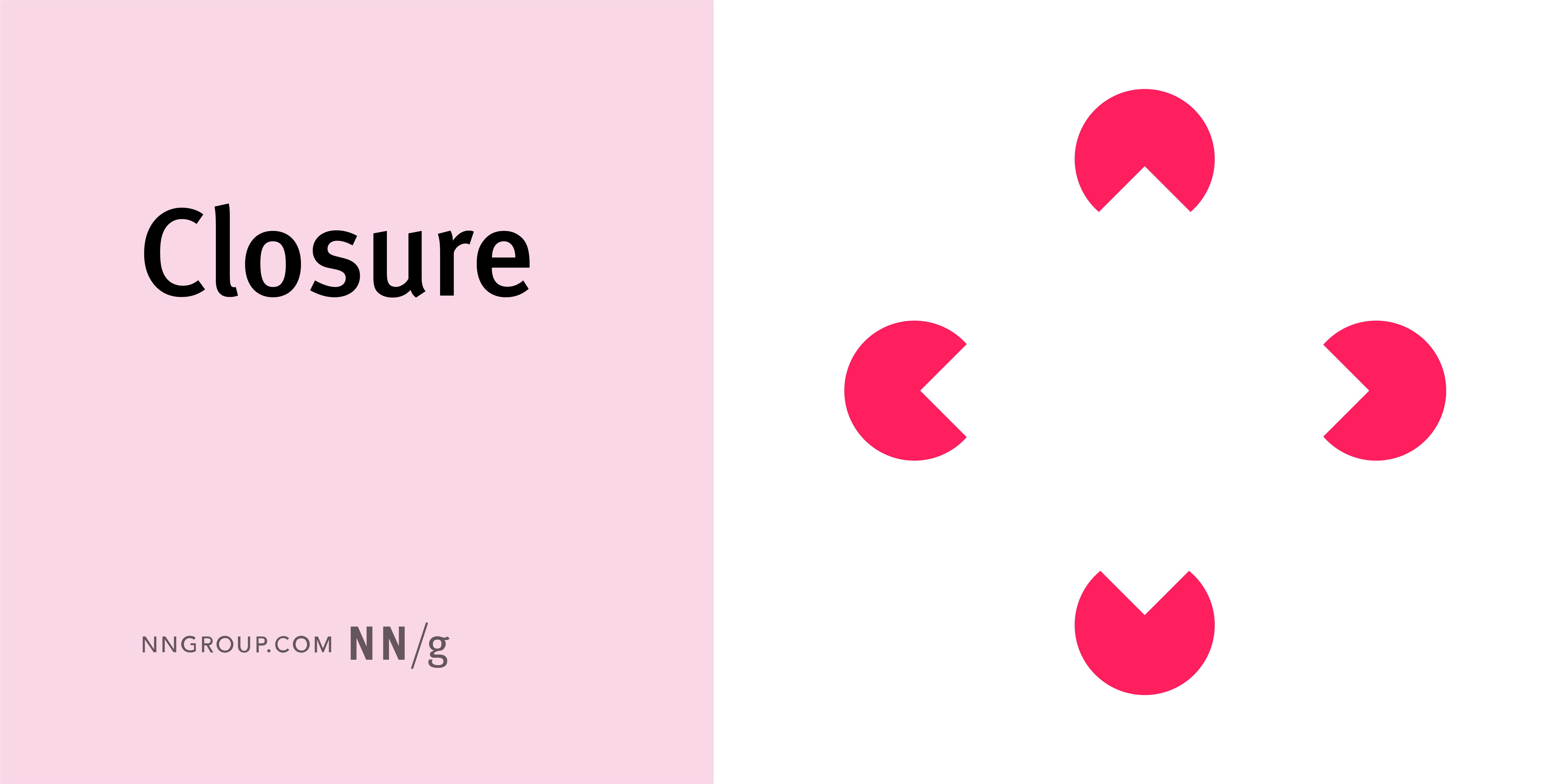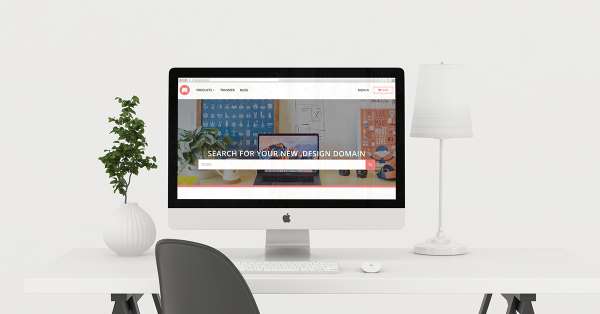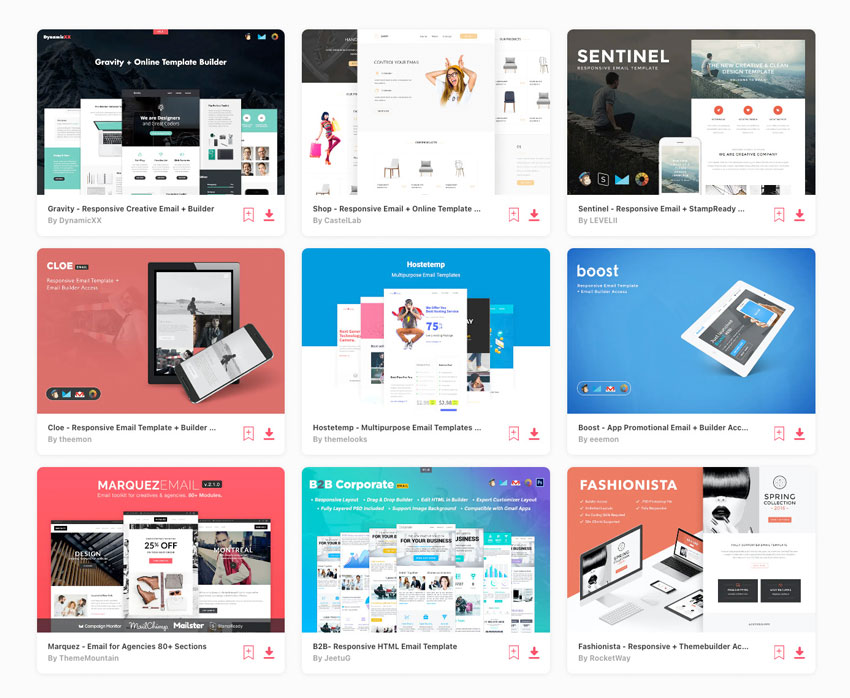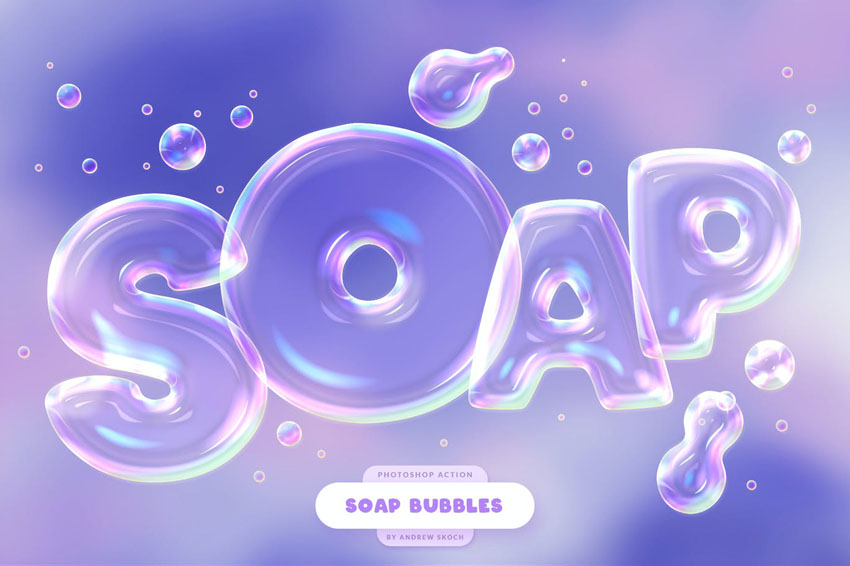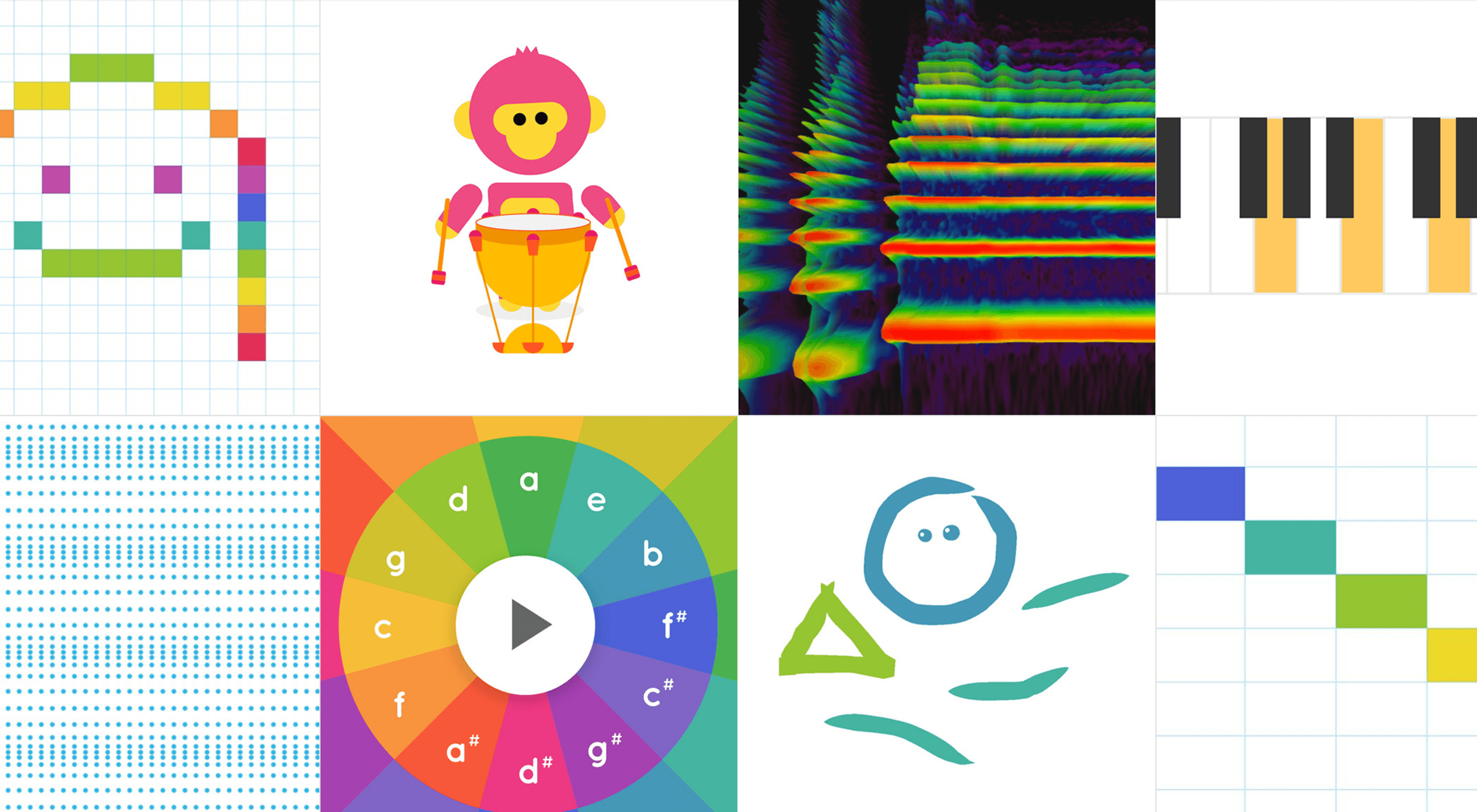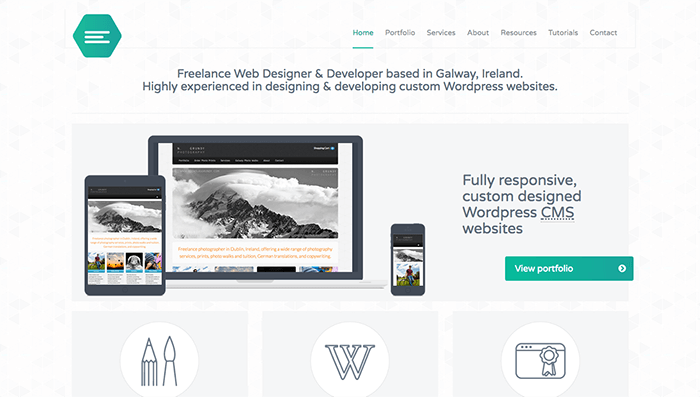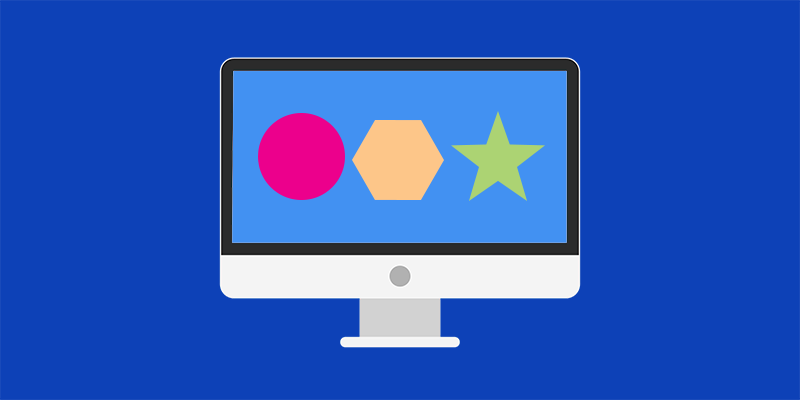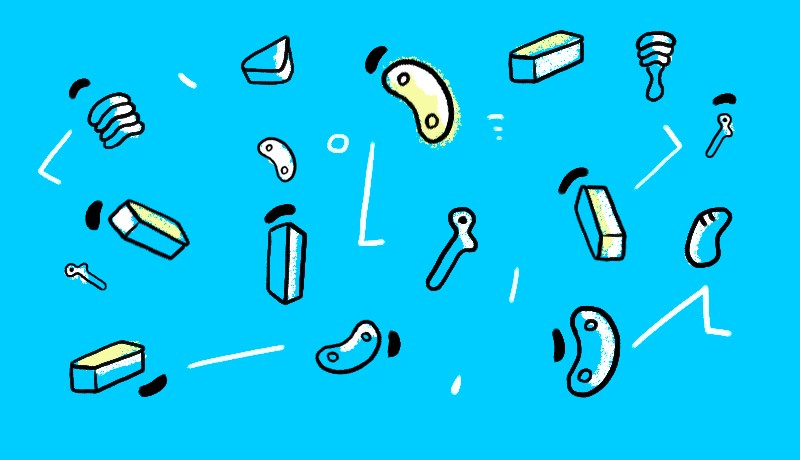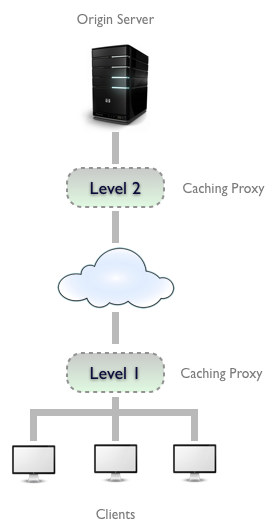Summary: Use this glossary to quickly clarify key terms and concepts related to visual design. Visual design requires knowledge and understanding of many jargon terms. Use this glossary as a reference as you delve into visual and user interface design. Jump to a definition in the table or review the complete glossary. Aesthetic-Usability Effect Users’… Continue reading Visual Design: Glossary
Tag: principle
Recipe for Success – Design Essentials for Crafting Engaging Meal Plan Graphics Graphic Design Junction
Often, when crafting meal plan graphics, we tend to overlook the fact that our designs need to do more than just convey information – they should feel appealing, trigger emotions, and even stimulate the sense of taste magically. So, let’s explore the recipe for a killer meal plan design. The ingredients? A canny use of… Continue reading Recipe for Success – Design Essentials for Crafting Engaging Meal Plan Graphics Graphic Design Junction
Three very good standardized UX surveys for industrial use
Pros and cons of the questionnaires SUS, PSSUQ, and ISO 9241–110 plus three more openly available, science-grounded, business-driven UX surveys (all including question sources) User Research Methods User research is one of the most important, if not the most important element of user experience (UX) and design. In this area exist many methods and materials, grounded in… Continue reading Three very good standardized UX surveys for industrial use
Designing a colour system
Building multi-brand colour systems that support light and dark modes with minimum effort. It is all about organizing, naming and choosing the right colour values for the system to work. I would like to share my view on the issue and tell about the methods I choose to make the system. Made with design tokens Design tokens are… Continue reading Designing a colour system
Think Inside the Box: How Accessibility Shapes Digital Product Design
Think inside the box: How accessibility shapes digital product design How constraints ignite creativity, spark innovation, and why accessibility is a uniquely effective constraint everyone should embrace. “Design depends largely on constraints.” — Charles Eames Access to digital technologies is a fundamental human right¹ and legal obligation². In an ideal world, there would be no need for more justification to… Continue reading Think Inside the Box: How Accessibility Shapes Digital Product Design
5 lesser-known tips on spacing for product designers
5 lesser-known spacing tips for product designers Your BAE might not give you space but after reading this article you will definitely give your UI objects some well-deserved space :p When we start out as designers, spacing is often the most neglected aspect of the design process. Various objects are spaced based on what we, at… Continue reading 5 lesser-known tips on spacing for product designers
The big picture and the small designer
The importance of understanding and designing for a connected world I was on my train commute home and heard the familiar “tickets please”. Opposite me sat an elderly lady, with a printed paper in her hand, readily awaiting the train conductor to check it. When the train conductor glanced at the lady’s paper, she only said,… Continue reading The big picture and the small designer
Gestalt psicology for dataviz
Understanding why specific data visualization techniques work better than others may not be so simple. Visual Pattern — Credits: Omar Flores on Unsplash We easily perceive a design that catches our attention, or elements that are out of place, but then we hardly know how to identify and evaluate them accurately, almost as if their effect acts at the… Continue reading Gestalt psicology for dataviz
5 Easy Hacks for Designers to Boost Their Personal Brand
Stop procrastinating and get unstuck with these tips to enhance your branding and attract clients. You’re a busy freelance designer. You’re always hustling hard to make sure that your clients are taken care of — a bit too hard, in fact. You consistently deliver amazing design work for your clients, but you’ve been procrastinating on investing… Continue reading 5 Easy Hacks for Designers to Boost Their Personal Brand
15 Psychology Principles Every Designer Should Know
So, really, you’re in the business of designing websites for your clients’ audiences. But how do you ensure you get it right? You could take what your client tells you at face value, but that’s only going to scrape the surface of who their audience is. What you need to do is figure out how… Continue reading 15 Psychology Principles Every Designer Should Know
Creating a Simple Responsive HTML Email
In this tutorial I will show you how to create a simple responsive HTML email which will work in every email client, including the more troublesome mobile and tablet apps. It uses minimal media queries and a “fluid hybrid” approach to ensure maximum compatibility. Popular HTML Email Templates on Envato Elements If you’re looking for… Continue reading Creating a Simple Responsive HTML Email
What Is Expressive Typography?
In this tutorial, we’ll look at how to express emotion through typography by exploring the premise of expressive typography. These techniques can help you make stronger font choices and more communicative design choices, too. We’ll take a look at some expressive typography examples and explore how you can use these concepts in your own work. Soap Bubbles Photoshop… Continue reading What Is Expressive Typography?
How To Benefit From Mental Models in UX Design
Users come to your website with certain expectations already in their mind; they’ve seen thousands of other websites before and it’s only natural that they’ve adopted certain habits. Instead of trying to change these patterns, it’s much better to incorporate them into your design. To learn more, let’s have a closer look at a psychological… Continue reading How To Benefit From Mental Models in UX Design
How to Add Sound to Your Site, Without Infuriating Users
Once in a while, every professional comes across a challenge so great, so ridiculous, that they just can’t help themselves. They just have to go for it. It’s like the story of David and Goliath… if David was just bored and Goliath wasn’t threatening his entire nation. As for me, I’m about to argue for… Continue reading How to Add Sound to Your Site, Without Infuriating Users
10 Best Design Systems for 2019
A design system helps everyone in your business to maintain brand consistency. It’s a collection of guidelines that explains how your branding assets should be used in everyday communication and marketing efforts. A design system usually consists of general brand guidelines, color usage, brand tone and voice, typography, patterns, and any other visual element that… Continue reading 10 Best Design Systems for 2019
Design Persuasive Websites With These Basic Principles
November 5, 2018 by Alex Fox Web design has become the focal point of the online industry. Why? Entrepreneurs are now concentrating all their resources on improving their online image, reputation, and brand. That brand is defined most strongly through an official website. Official websites are by far the most common tool used to attract… Continue reading Design Persuasive Websites With These Basic Principles
Draw with CSS: Using CSS To Draw Elements
With clever use of CSS properties, it is in fact possible to draw very complex shapes. All the shapes below were drawn with CSS alone. It might be that CSS isn’t the best way to render shapes in the browser window, but it’s very fast and included for “free” on all modern browsers. Learn how… Continue reading Draw with CSS: Using CSS To Draw Elements
4 Key Design Principles That Videos Should Leverage
September 30, 2018 by Spyrestudios Design principles can be applied to any visual medium – and videos are no exception. In fact it is essential that you consider the design of the elements in your videos if you want them to look impressive. While there are many design principles that you should take into account,… Continue reading 4 Key Design Principles That Videos Should Leverage
Floating labels, high-conversion pages, prototyping smaller, and more UX links this week
What’s hot in UX this week: In the future, design principles won’t be about design → What exactly are design principles? What are they for? Are they useful? How? What makes a good design principle? In an attempt to answer those questions, I poured over the biggest collections of design principles on the internet, and came… Continue reading Floating labels, high-conversion pages, prototyping smaller, and more UX links this week
The Principles Of Information Architecture
Advertisement At the heart of online design sits information architecture. In fact, a large proportion of our function as online designers is devoted to supporting users when it comes to locating the content that they need, and driving them towards the content that website owners would like them to interact with. As such, we incorporate… Continue reading The Principles Of Information Architecture
Icons In Web Design
Image source: thestorefront.com[2] Well-executed and beautiful icons look like tiny and cute images, but they are much more than that. They are extremely advantageous to every website because they attach visual cues to the essential elements of a website (headings, sections, buttons, etc) and they make the site/app look professional and sophisticated. Generally speaking, icons… Continue reading Icons In Web Design
HTTP: The Protocol Every Web Developer Must Know
In my previous article, we covered some of HTTP’s basics, such as the URL scheme, status codes and request/response headers. With that as our foundation, we will look at the finer aspects of HTTP, like connection handling, authentication and HTTP caching. These topics are fairly extensive, but we’ll cover the most important bits. HTTP Connections… Continue reading HTTP: The Protocol Every Web Developer Must Know
A Collection of Beautifully Designed Coming Soon Pages
One of the main ideas behind the lean startup principle is that you validate your idea early. If you’ve working on a startup idea, or a new product or a service or app, the idea is that you get something you can show to the world to see what people say. Coming soon pages are… Continue reading A Collection of Beautifully Designed Coming Soon Pages
How to use the Gestalt principle in your web design projects
Web designers are constantly looking for new ways of improving their projects and therefore they are introducing in their works elements from mathematics, marketing, photography, psychology, and the list may continue. As far as psychology is concerned, the Gestalt principle is widely known among web designers since it relates so good to the field of… Continue reading How to use the Gestalt principle in your web design projects
